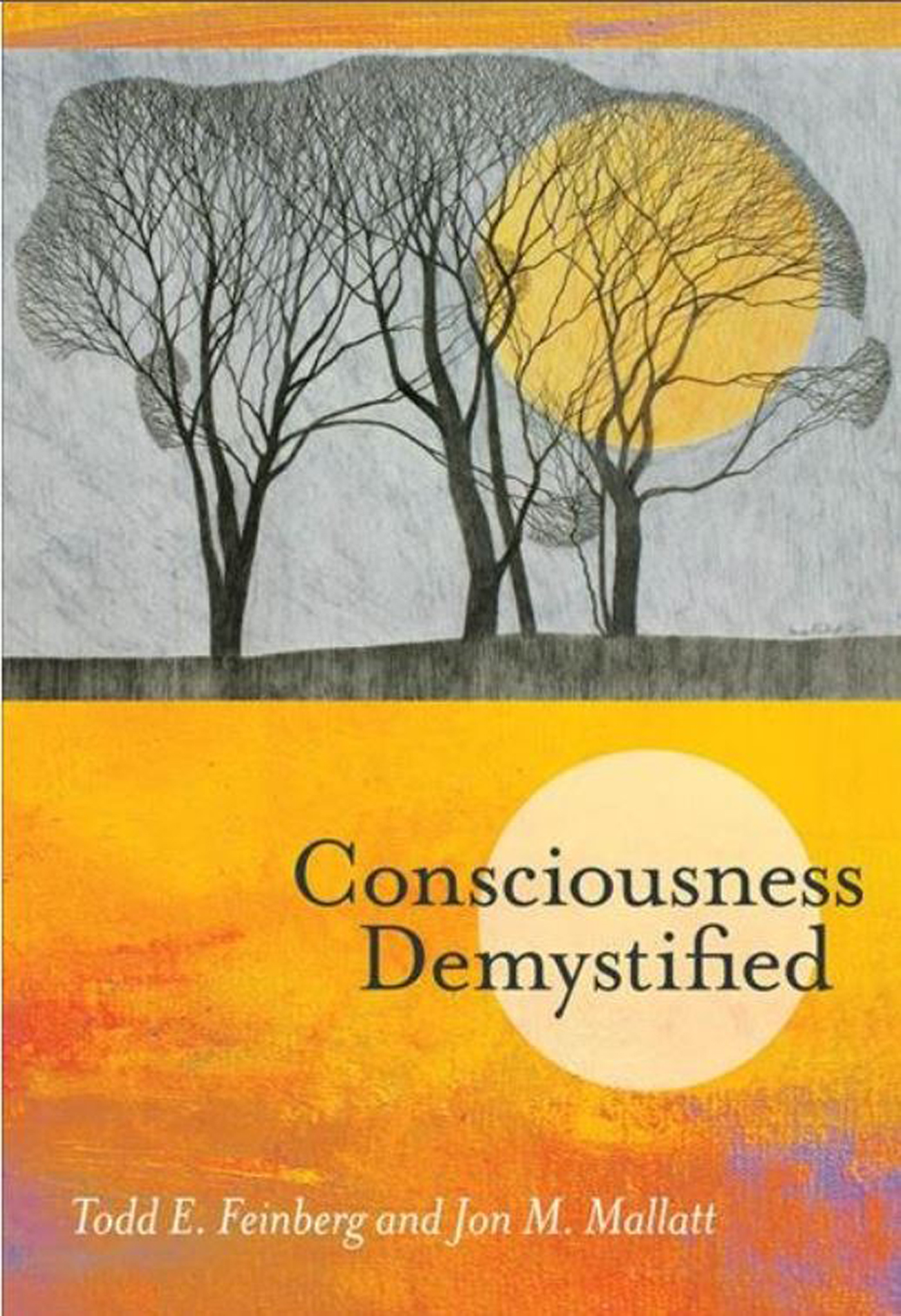
The words ‘consciousness’ and ‘mystery’ are often associated in both philosophical and scientific literature. The nature of consciousness and the ‘explanatory gap’ between the brain as a biological organ and the mind as subjective experience have been identified as the Gordian knots of the ‘mind–body problem’, recently reframed as the ‘mind–brain problem’. Feinberg and Mallatt's previous book (The Ancient Origins of Consciousness, MIT Press 2016) focused on the nature and evolution of consciousness. In their more recent book, these authors build on their previous work to explain how natural brain processes can lead to subjective, first-person, experiencing aspects of consciousness (‘qualia’ in philosophical jargon).
‘Nihil quod non scriptum est’: Descartes’ substance dualism reverberates in the authors’ reference to the seemingly unbridgeable gap between the material neurons of the brain (‘res extensa’ in Descartes’ terminology) and immaterial experience (‘res cogitans’). Descartes’ solution to the mind–body problem was a rather shaky bridge: according to the French philosopher, the interaction between the brain and the mind somehow occurred at the level of the pineal gland. Feinberg and Mallatt's solution is more appealing to modern neuroscientists as they explicitly aim to demystify consciousness by naturalising it, i.e. by placing its most perplexing philosophical features among the natural properties of life and explaining the evolutionary origins of subjective experience.
Feinberg and Mallatt's neurobiological naturalism is an outgrowth and elaboration of the theory of biological naturalism first proposed by American philosopher of mind John Searle. According to Searle's biological naturalism, consciousness is a mental event that belongs to our biological natural history like digestion, mitosis and all other biological processes. According to Feinberg and Mallatt's neurobiological naturalism, consciousness is fully natural but requires explanations that are uniquely different from explanations applied to the rest of biology. Specifically, neurobiological naturalism rests on three interrelated principles: (1) the unique features of consciousness are fully grounded in the unique features of life; (2) consciousness as a living process depends on additional neurobiological features that are unique to complex neural systems; and (3) the subjective–objective barrier can be naturally explained by the special features of complex brains.
Compared to The Ancient Origins of Consciousness, Consciousness Demystified is more condensed, less technical and accessible to a wider range of readers interested in understanding consciousness. This agile book, with its armamentarium of useful tools (Glossary, Notes, References, Index), undoubtedly contributes to the enduring appeal of the neuroscientific study of consciousness.



eLetters
No eLetters have been published for this article.